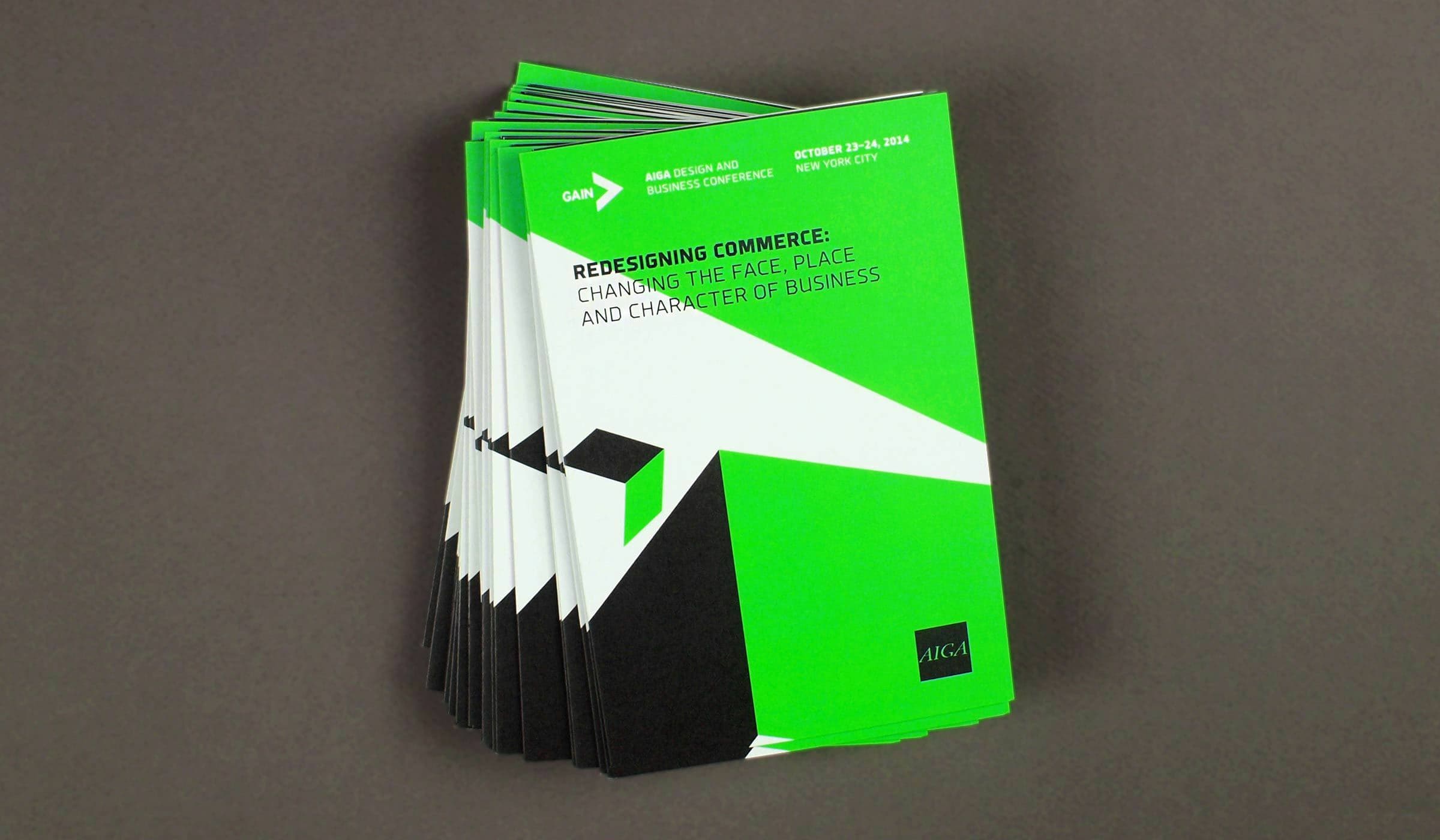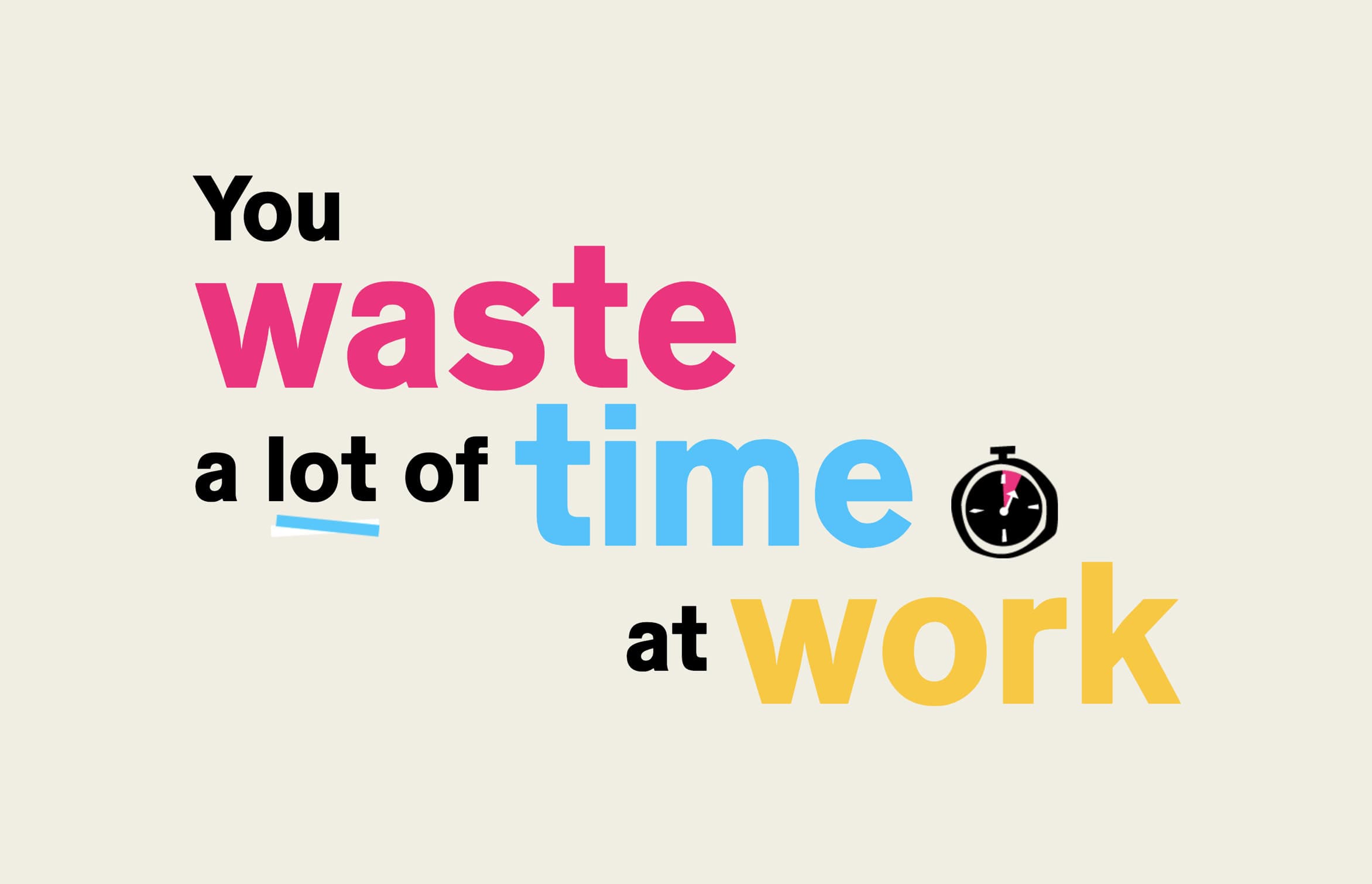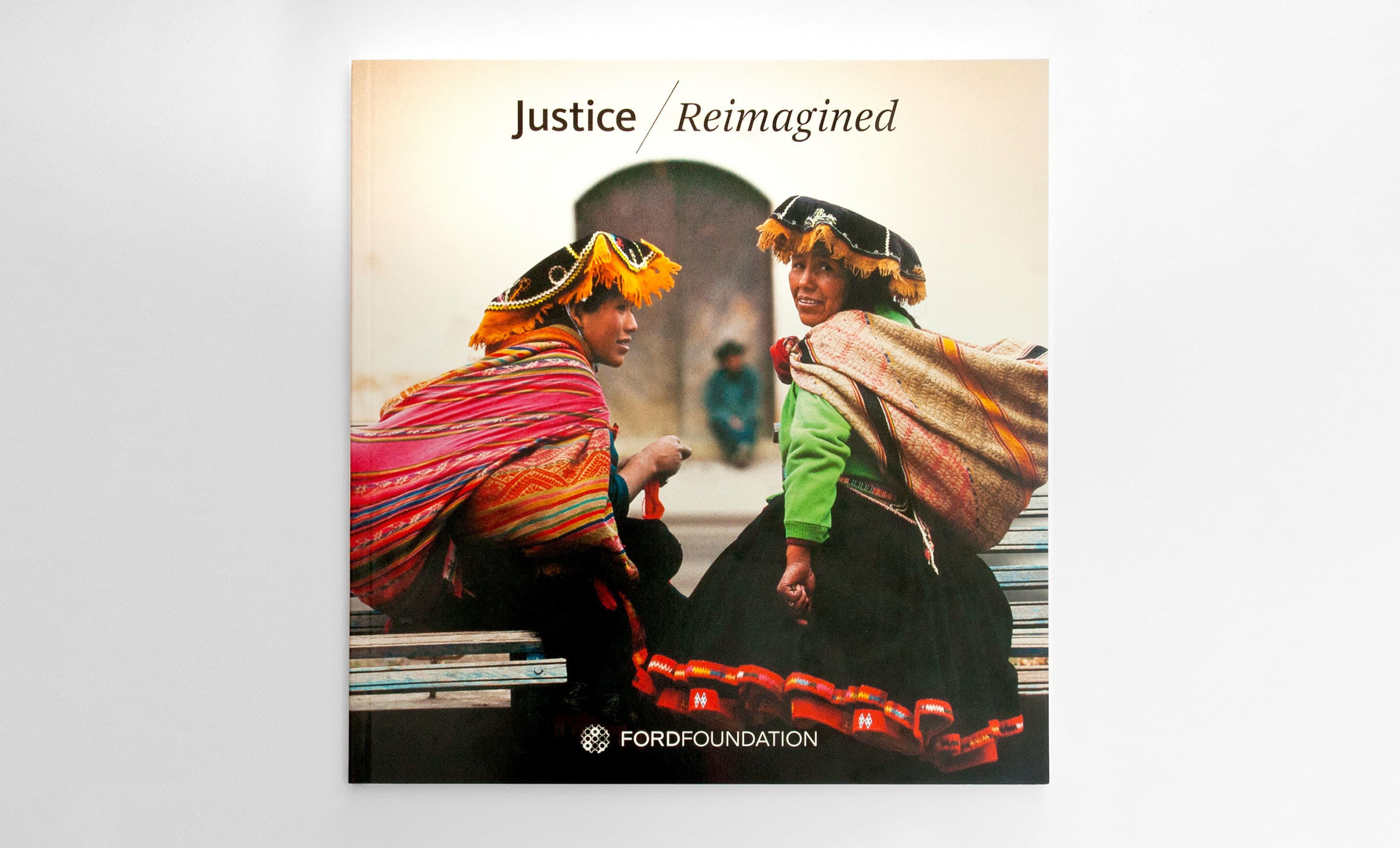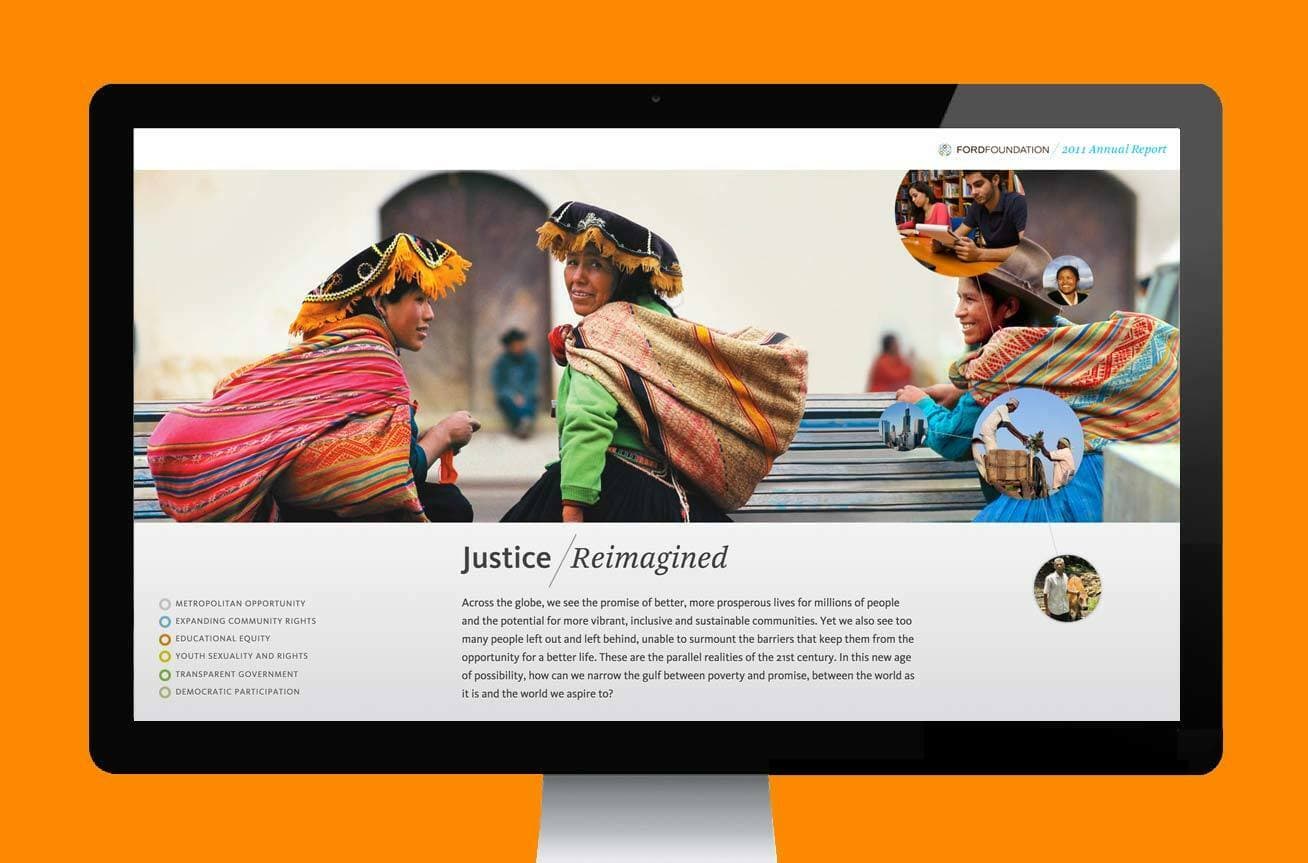HRW: Students Not Products
A study by Human Rights Watch exposing the harm governments and education tech companies are causing children by harvesting their personal data.
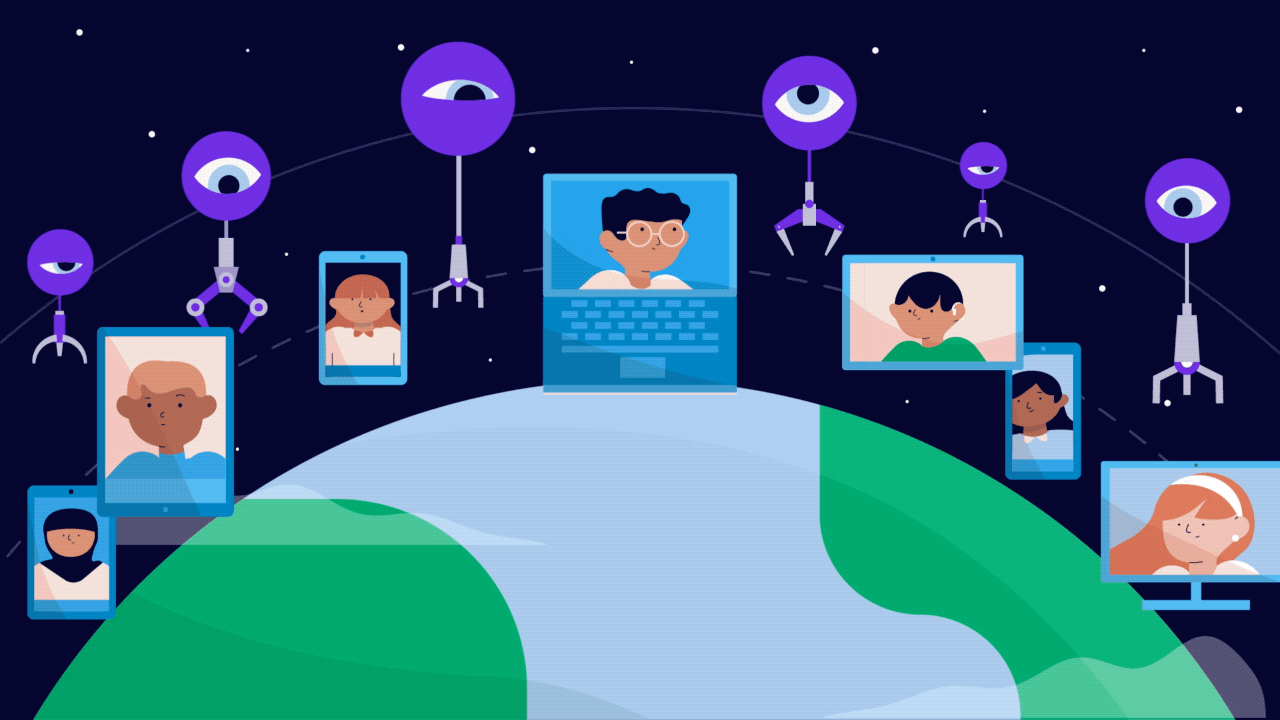
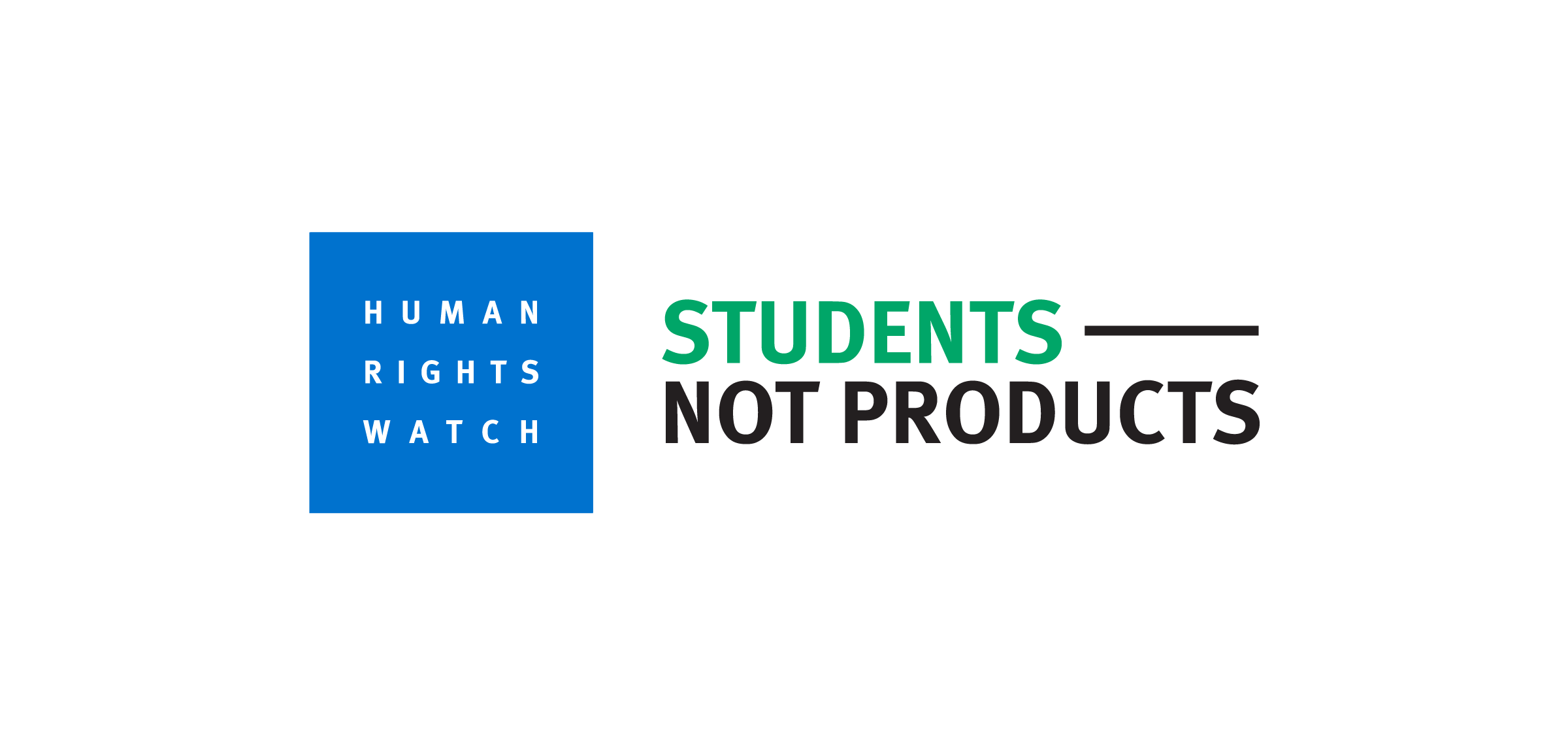
The challenge
With incredibly important implications, HRW needed to ensure their research didn’t go unheard. They needed powerful, intuitive design for both the branding and digital experience to help present their evidence effectively.
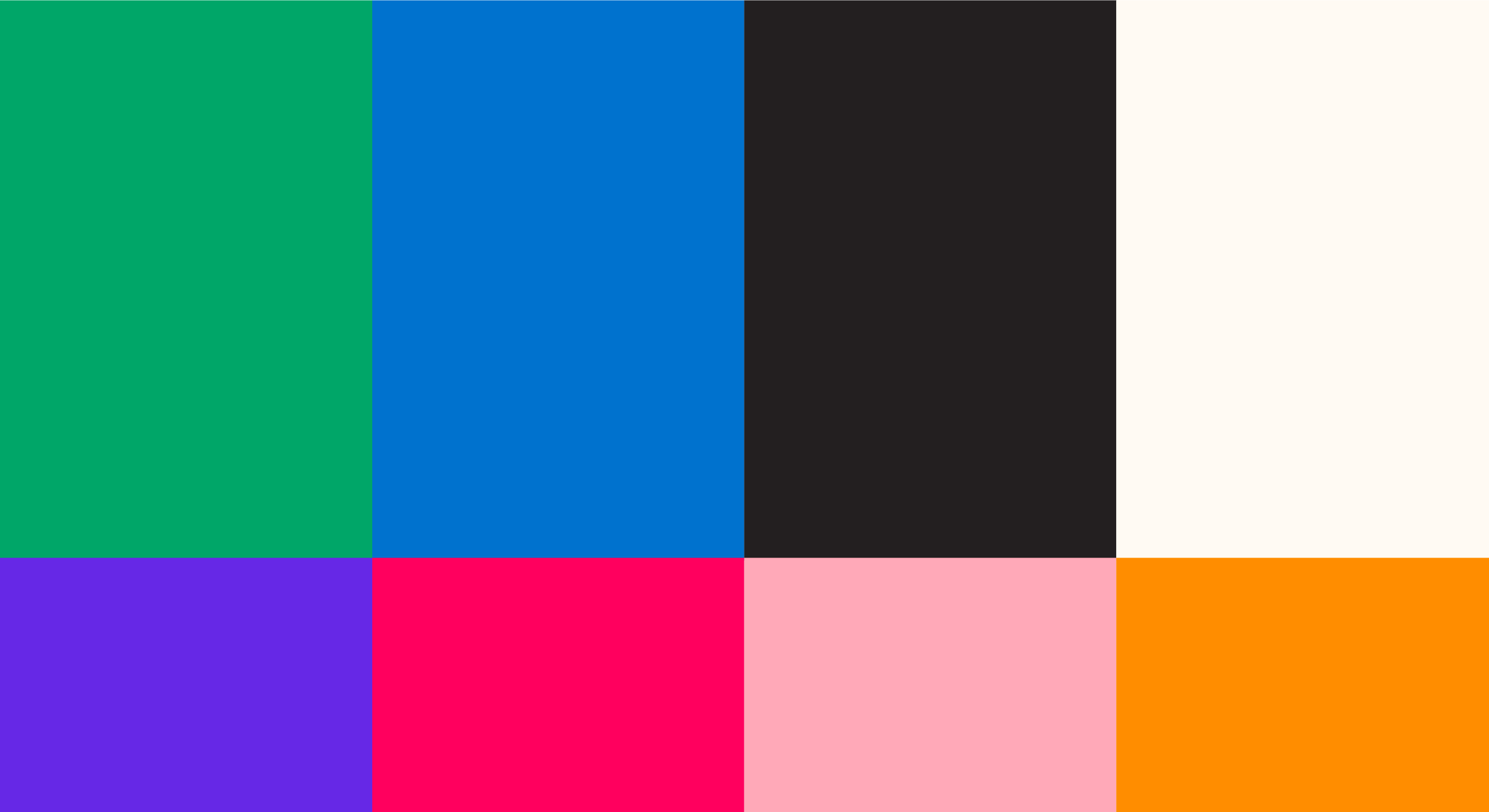
The opportunity
Their visual identity system – coupled with their microsite – is an opportunity to craft a compelling brand for this report: one that is clear, motivating and approachable for all of their key audiences.
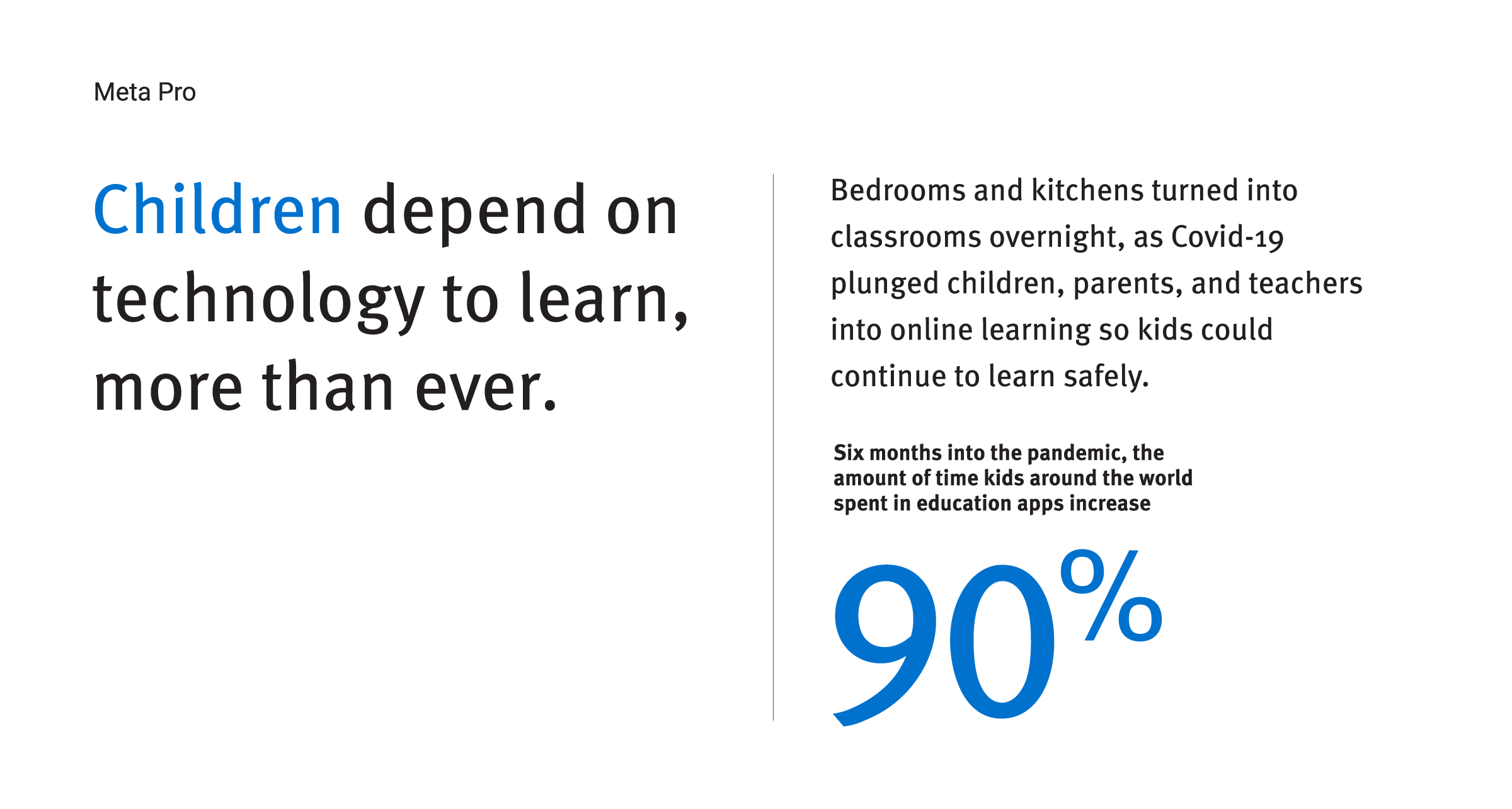

A clear visual identity
With bold colors, playful iconography and powerful data visualization, Students Not Products’ visual identity prioritizes clarity above all, while balancing a light-hearted tone with the urgency the situation demands.
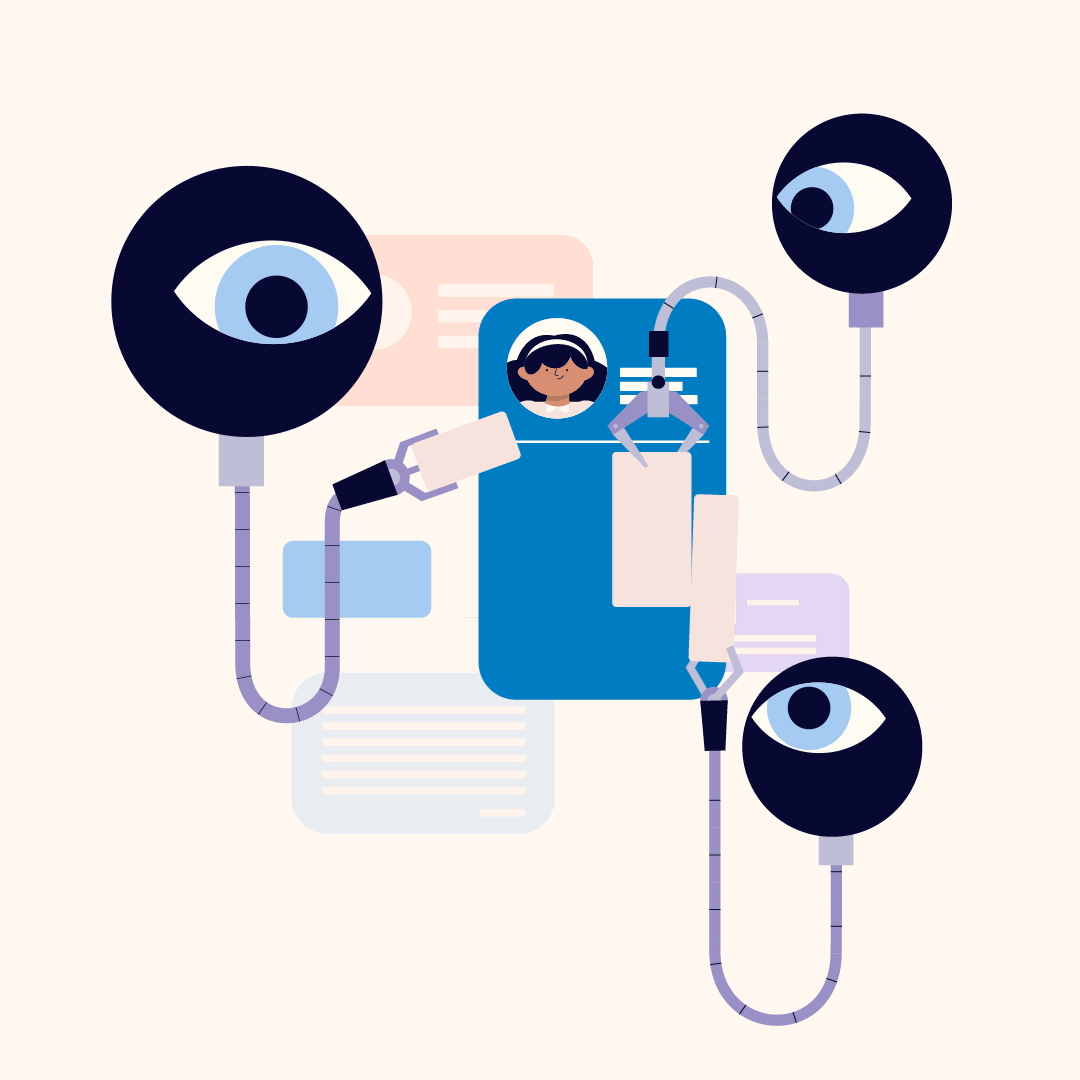
A story built for the web
The Students Not Products microsite is built to tell a powerful story. The information architecture is built to draw audiences in with urgency and emotion. As readers get into the meat of the report, it’s designed to be trustworthy, but not overly technical. It ends with a clear call to action for users to learn, share and act at both a local and national level.
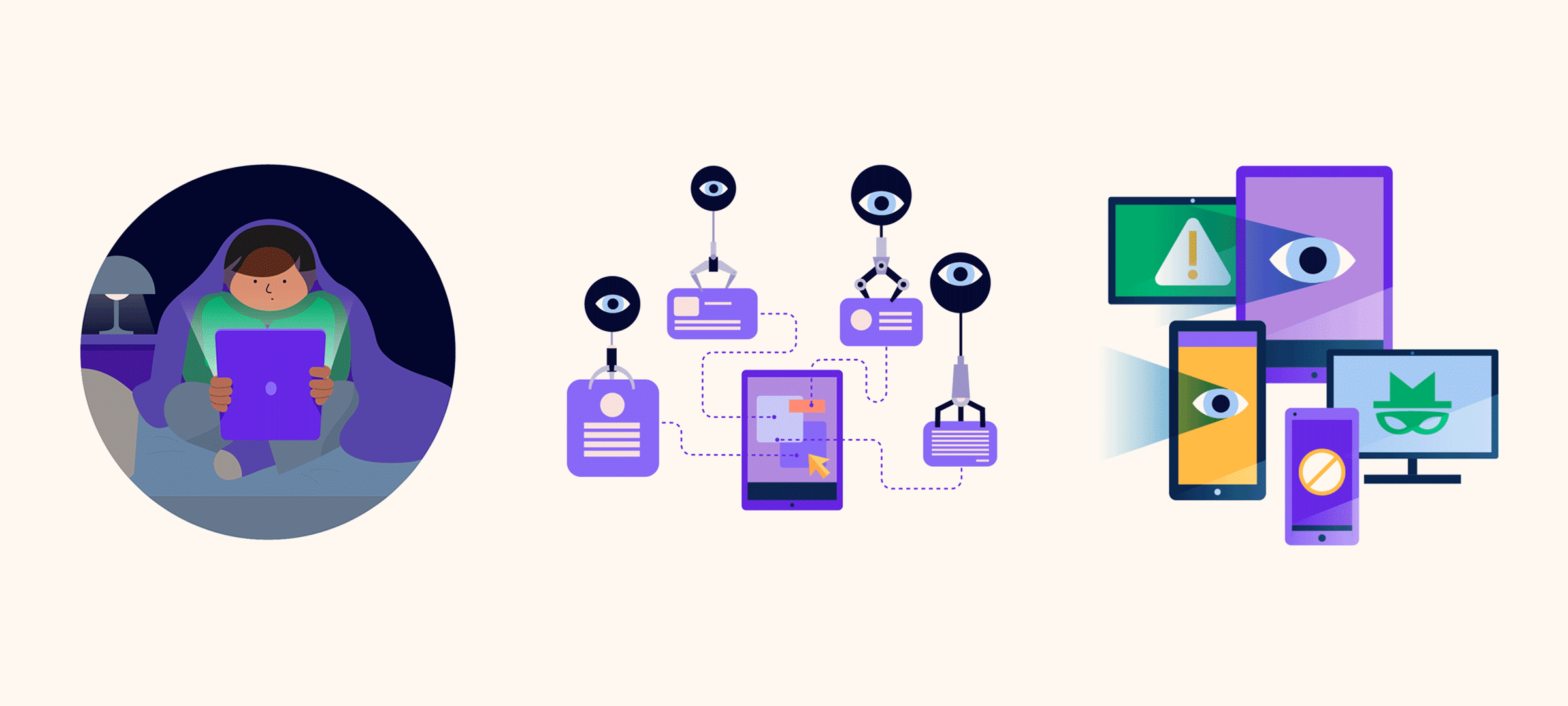
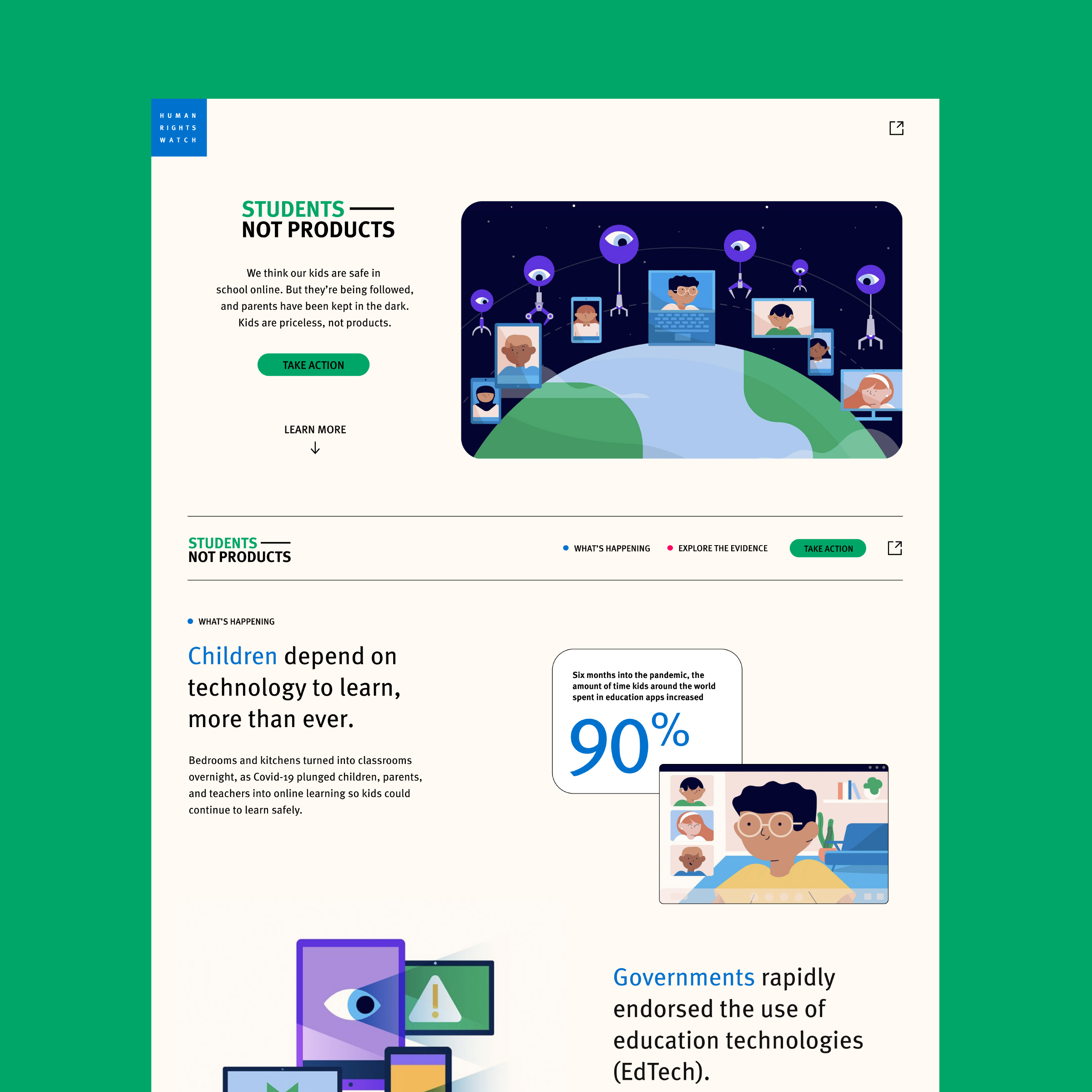
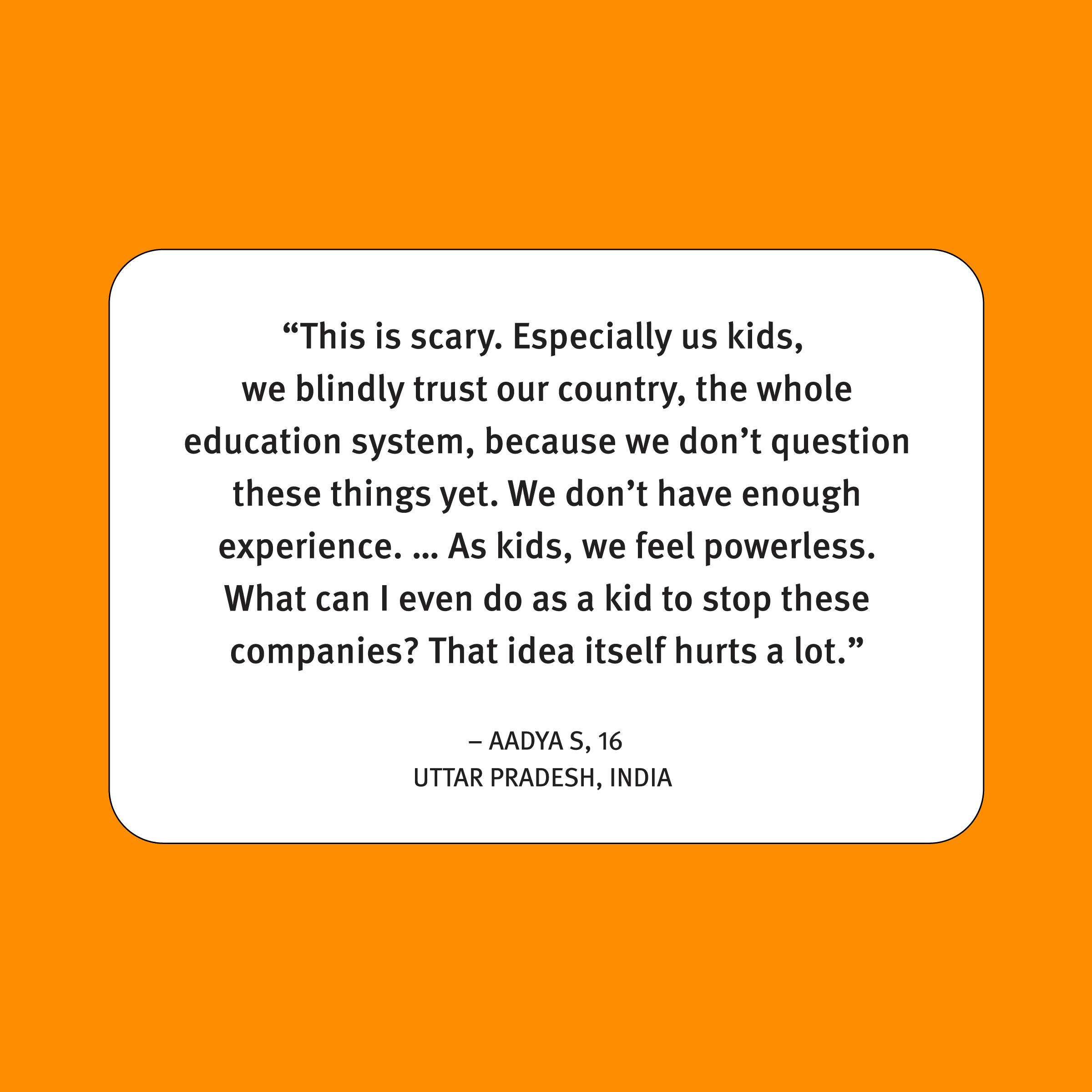
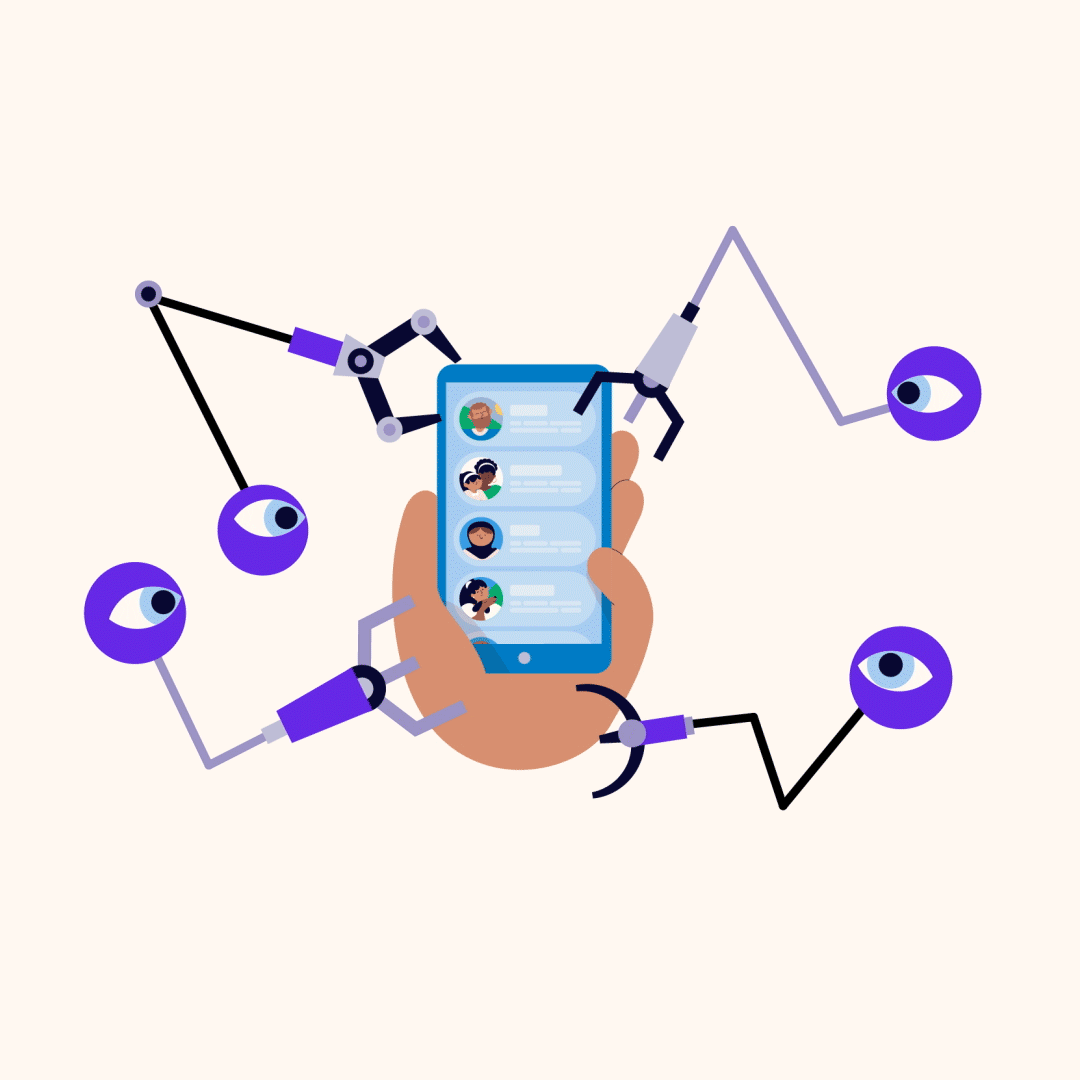
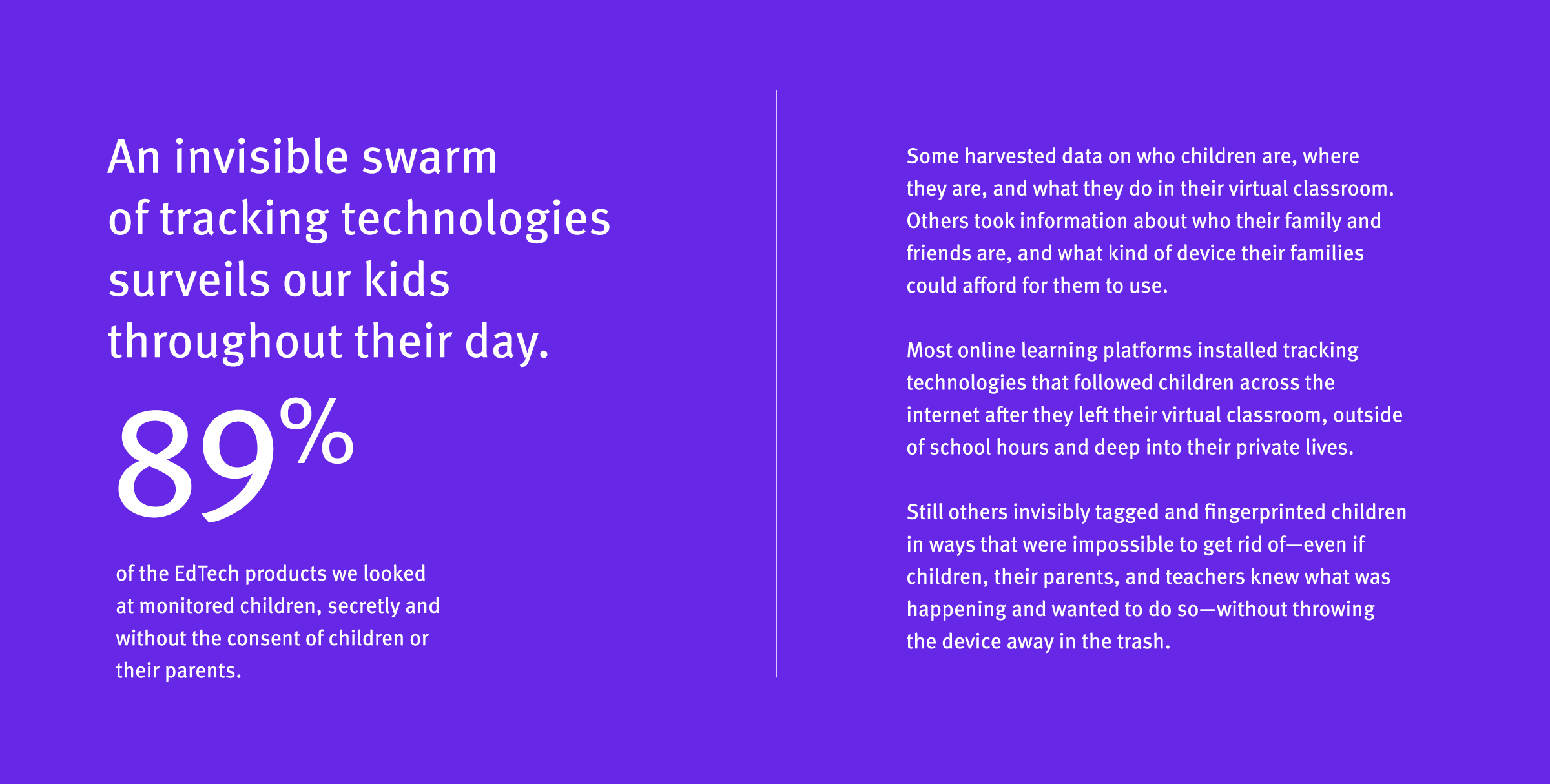
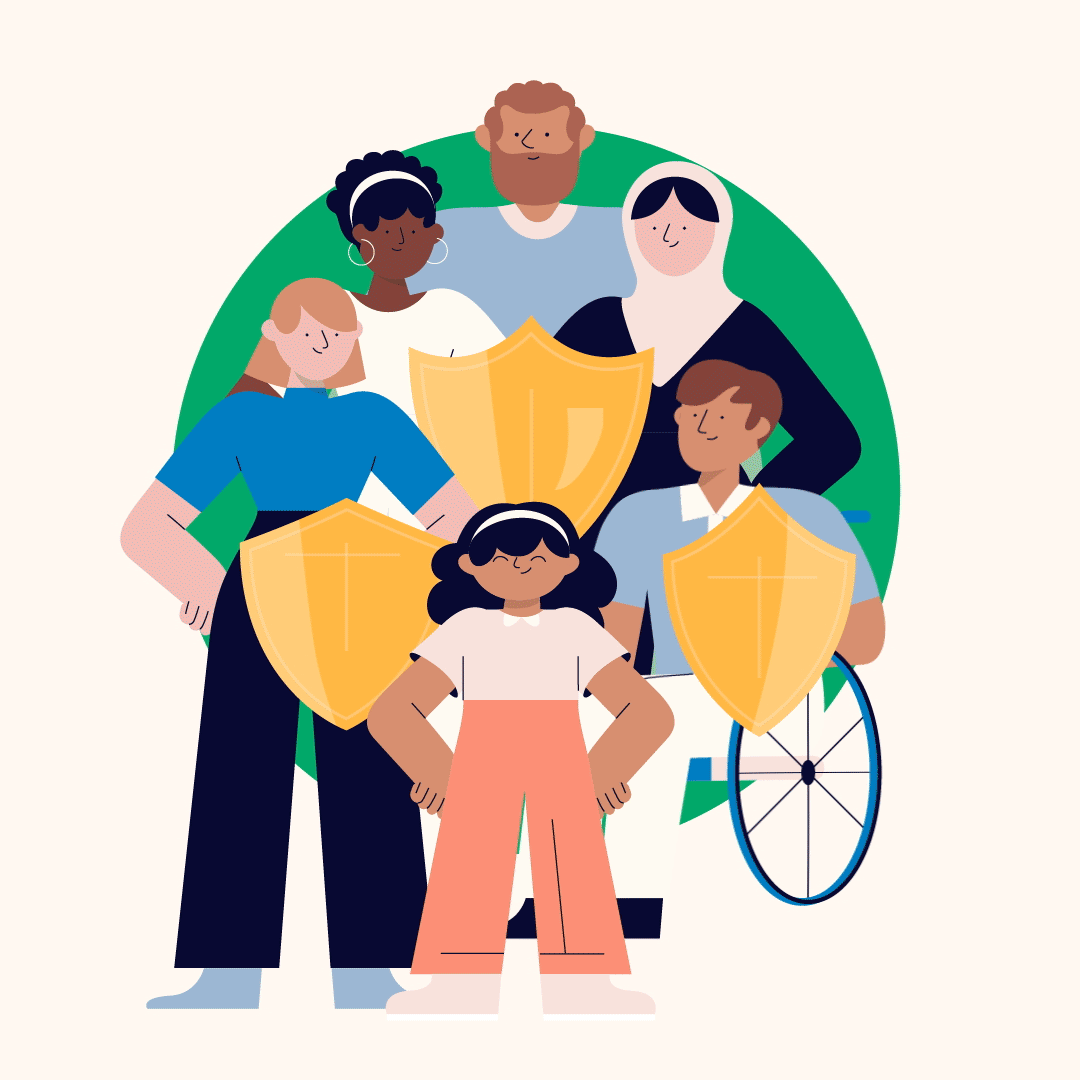
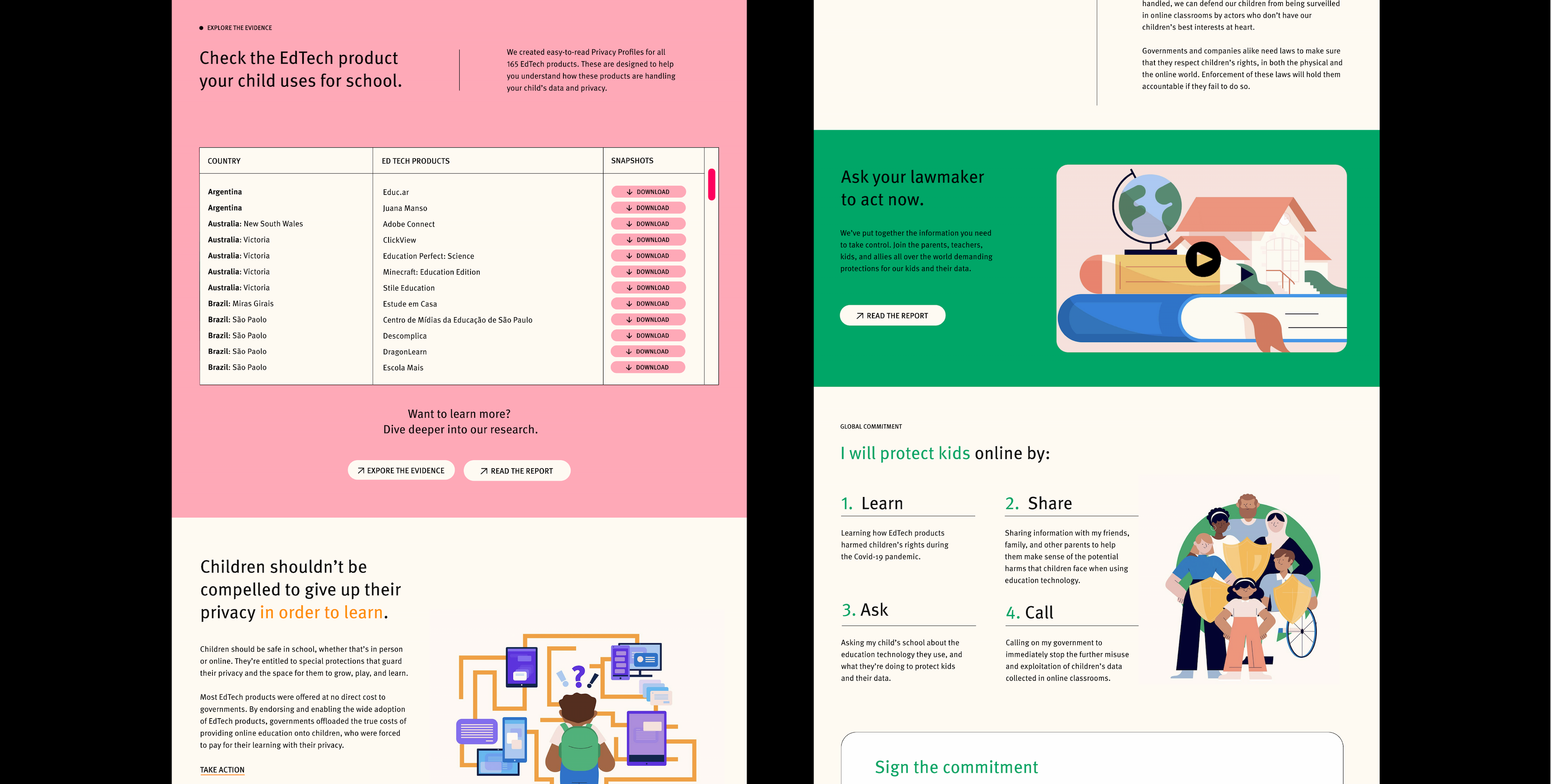
A boldly simple report
The final report was laid out simply, with pops of color and helpful illustration throughout to help guide readers through the information.
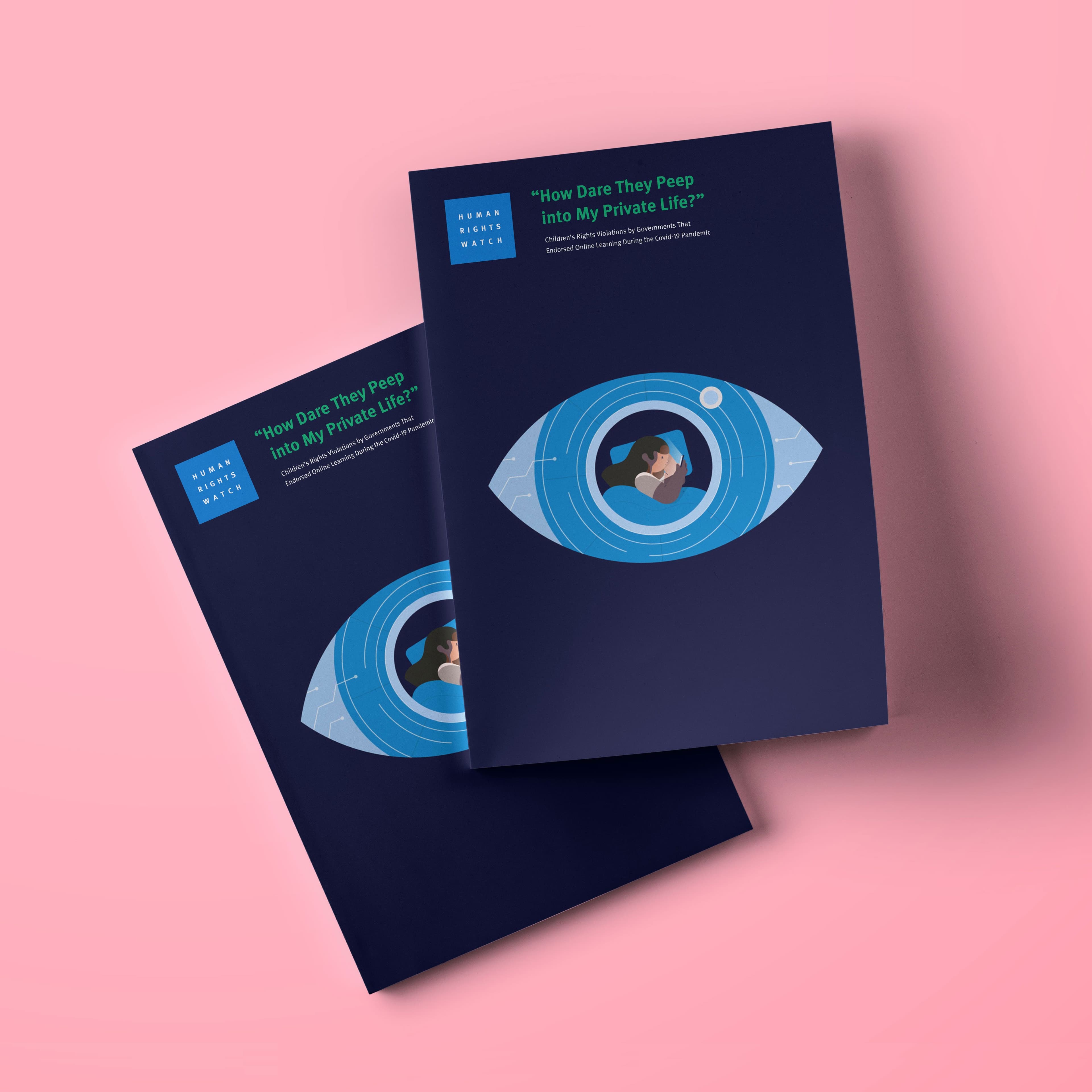
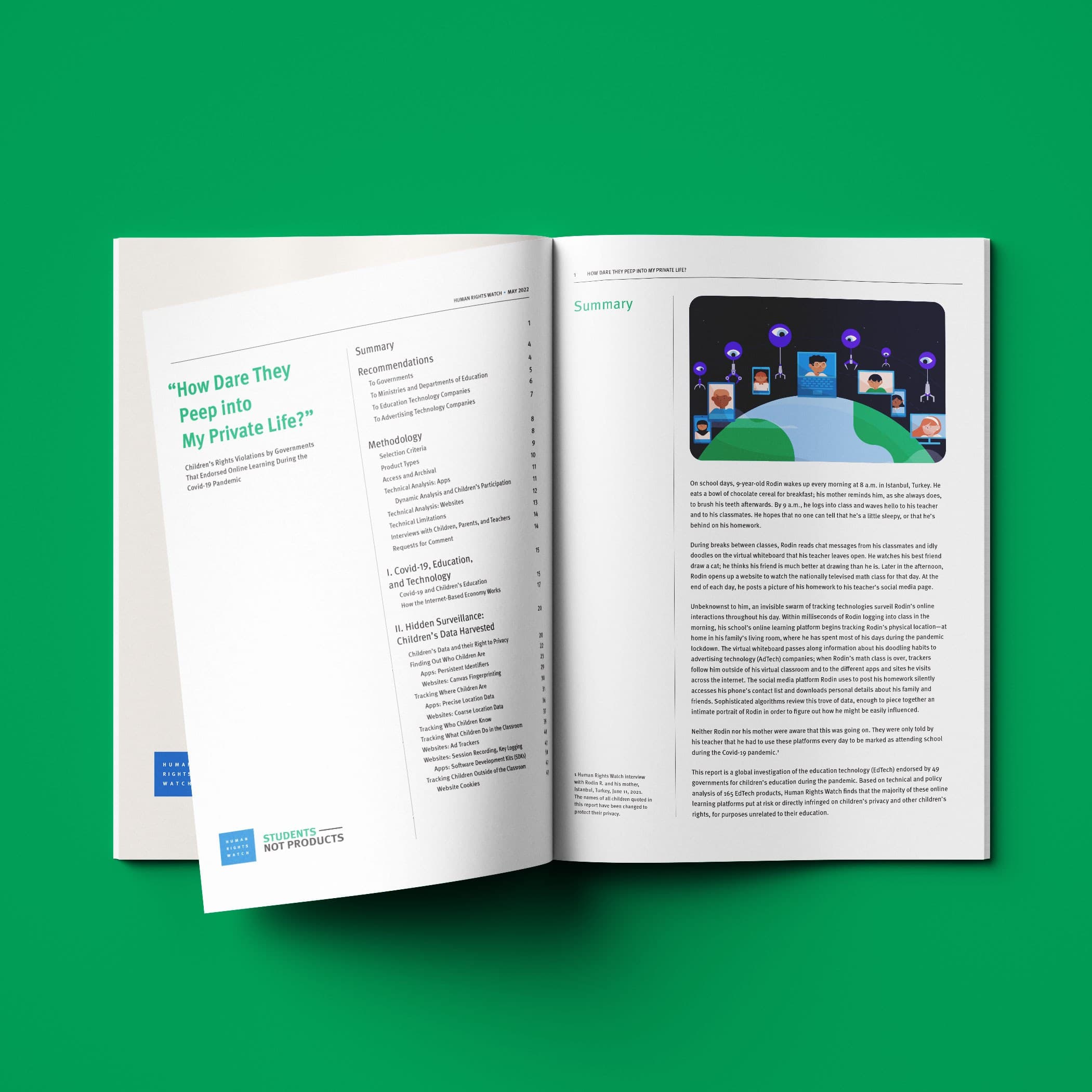
News & Recognition
Project Credits
- Rima Desai
- Lauren Jones
- Deroy Peraza
- Pauline Shin
- Izabella Stern

